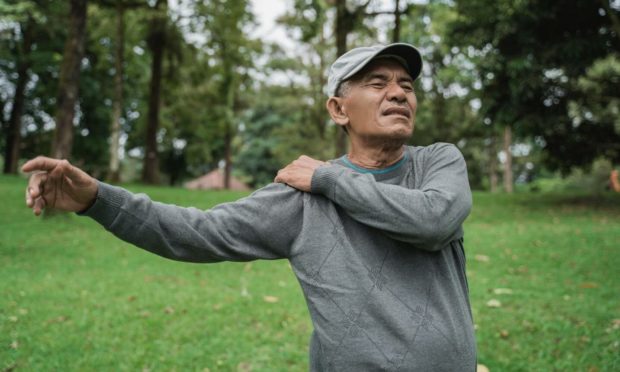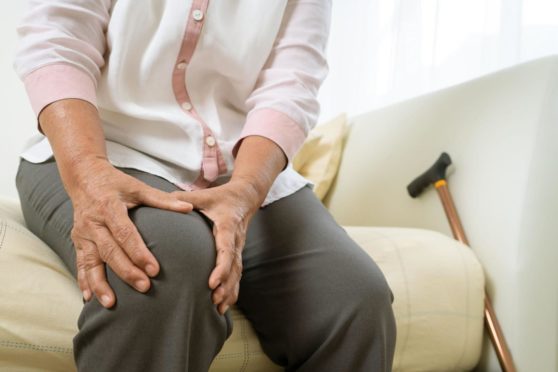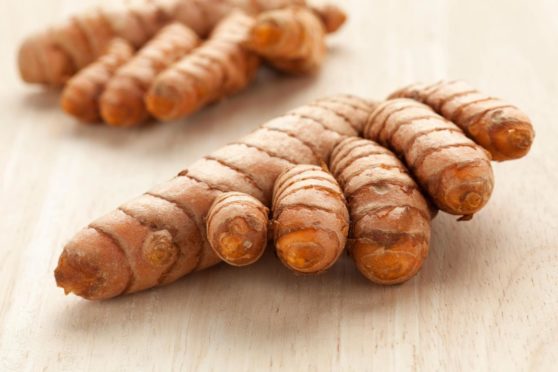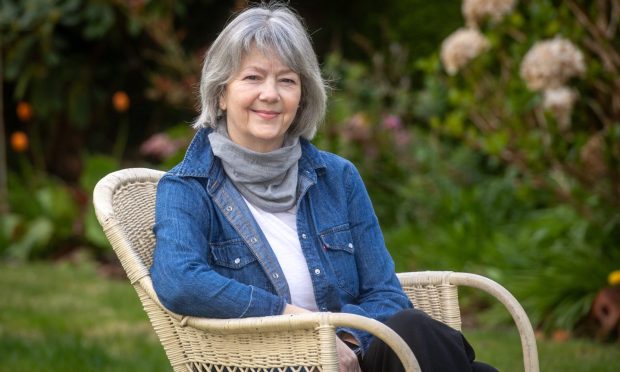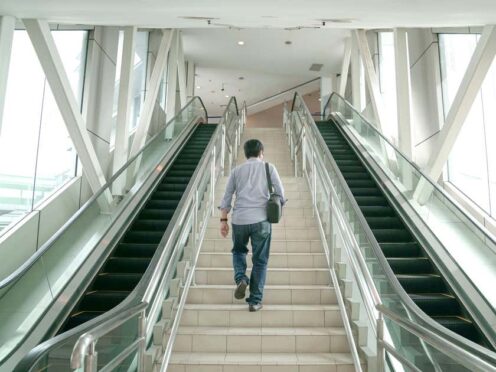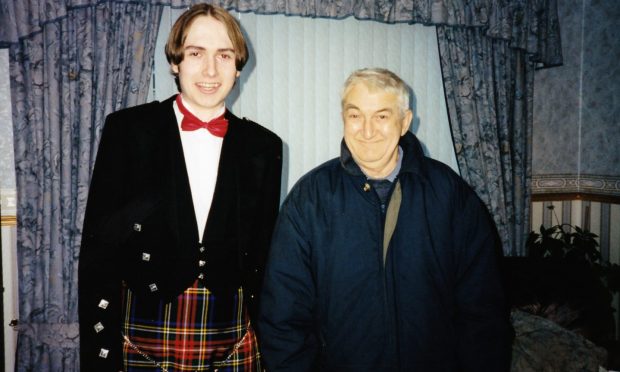Most people will experience some kind of joint pain at some point in life – and according to Phil Day, superintendent pharmacist at Pharmacy2U.co.uk, musculoskeletal wear and tear is one of the most common health niggles.
Arthritis and other joint conditions affect millions of people in the UK and Ireland, causing aches, pain and sometimes swelling and stiffness, which for some people can have a severe impact on day-to-day life.
“The two most common types are osteoarthritis [OA] and rheumatoid arthritis [RA],” says Day.
It’s important to seek individual advice from your doctor or physio, especially if you have an acute injury, flare-up or severe ongoing symptoms.
Generally speaking though, Day says there are lifestyle changes that can often help.
Here’s a closer look.
Why do we get joint pain?
While there are many possible causes, Day explains that joint pain is usually a result of injury or arthritis. In older people, joint pain that gets steadily worse is usually a sign of osteoarthritis, associated with wear and tear.
“Osteoarthritis can affect any joint in the body, but is normally seen in the large weight-bearing joints of the hip, knee and spine, and in the smaller joints of the fingers,” says Day.
“It may result from an inherited weakness in cartilage – the rubbery-type tissue that separates the bones – but lifestyle is important too, and there are steps you can take to protect your joints.”
Rheumatoid arthritis, an autoimmune disease, is much less common but still affects more than 400,000 people in the UK. “It’s an autoimmune condition in which the antibodies that normally attack bacteria and viruses target the cells covering the joints, leaving them inflamed and sore,” says Day.
Women are three times more likely to be affected than men, and RA most commonly tends to start between the ages of 40 to 50 years. If you suspect you may have RA, it’s important to see a doctor so, if necessary, you can be referred for tests and appropriate support.
On top of this, strains, sprains and other injuries can be a root cause of joint pain too, possibly interfering with your daily movement and causing issues with mobility.
What can people do to treat sore joints?
If you are affected by OA, Day says painkillers like paracetamol are useful for handling any pain and discomfort. “If that’s not effective, try an NSAID [non-steroidal anti-inflammatory drug] like ibuprofen,” Day suggests.
“Topical NSAIDs, such as ibuprofen gel, are often helpful for hand or knee arthritis, while corticosteroid injections into the joint are also sometimes prescribed by a GP to fight inflammation.”
Some research suggests that taking glucosamine and chondroitin supplements daily can be useful for joint pain. Both of these substances have anti-inflammatory effects and are the building blocks of normal cartilage, which helps to protect joints.
Lifestyle changes can be helpful too. It might sound counter-intuitive, but a bit of light exercise may help to relieve some of the annoying symptoms of joint troubles. Low-impact movement, such as swimming, can be a great option – as it can “help to strengthen muscles around the joints” without putting pressure on the area, says Abbas Kanani, pharmacist at Chemist Click (chemistclick.co.uk).
Essentially, the water supports your body, meaning there’s less strain on the skeletal system as you exercise.
There can be benefits to switching between hot and cold therapies for joint pain too, according to Kanani, who says: “Hot treatment can help to reduce stiffness, and cold treatment can help to reduce swelling and inflammation.” For an inexpensive home remedy, try applying a heat pack to any tender joint areas, followed by an ice compress.
Switching up your diet can sometimes be useful if you’re dealing with the pain on a regular basis. Healthily losing excess weight, if this is a factor, can help take the physical strain off of joints. Plus there’s a growing body of evidence that the active ingredient in turmeric, called curcumin, has soothing properties for arthritis. As Kanani explains: “It’s a natural anti-inflammatory that can be added to meals and help to reduce joint pain.” You could add the golden-hued spice on to curries, sprinkle it on to roasted sweet potato, or even create a hot drink with your choice of milk.
Finally, a physical therapist can develop a movement plan to help keep you active.
When to speak to a doctor
It’s important to get medical help right away if the pain is so intense that’s it’s difficult to go about your normal life, or you feel like you can no longer use the joint. And always get things checked if you’ve had an injury that’s become very swollen and painful, or if you also have other worrying symptoms at the same time.
Book in with a GP if your joint symptoms last three days or more, or you’re experiencing multiple painful episodes in a month. You might need to see a specialist, and your doctor may refer you to a rheumatologist, who specialises in diseases that involve bones, muscles and joints.
